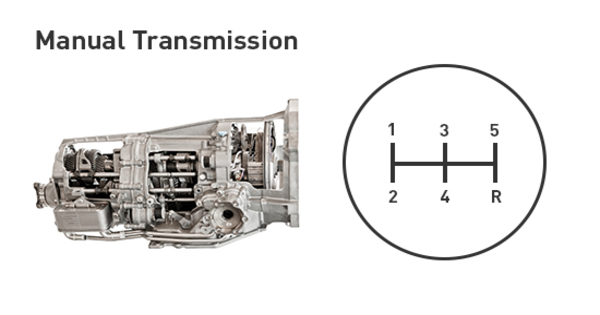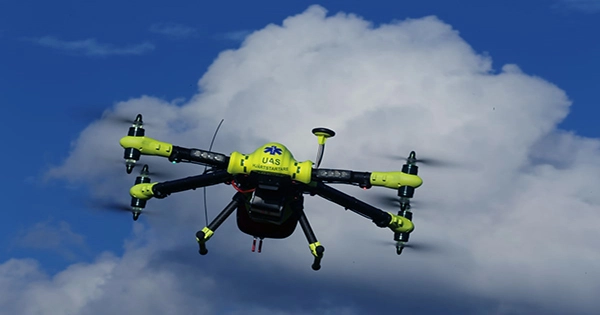A manual transmission (MT), also known as a manual gearbox, standard transmission (in Canada, the United Kingdom, and the United States), or stick shift (in the United States), is a multi-speed motor vehicle transmission system in which the driver manually selects the gears using a gear stick and clutch (which is typically a foot pedal for cars or a hand lever for motorcycles). It is a sort of transmission system that allows drivers to manually adjust the power delivery from the engine to the wheels.
Unlike automatic transmissions, which handle gear changes automatically via the vehicle’s computer system, manual transmissions require the driver to physically engage and disengage ratios with a gear stick and clutch pedal. Early autos featured sliding-mesh manual transmissions with up to three forward gear ratios. Constant-mesh manual transmissions have been more prevalent since the 1950s, with current vehicles featuring 5-speed and 6-speed manual transmissions.
An automatic transmission is an alternative to a manual transmission. Common types of automatic transmissions include the hydraulic automatic transmission (AT) and the continuously variable transmission (CVT), whereas the automated manual transmission (AMT) and dual-clutch transmission (DCT) are internally similar to a conventional manual transmission but shift automatically.
Here’s how it generally works:
- Clutch: When the driver presses the clutch pedal, it disengages the engine from the transmission, allowing the driver to shift gears smoothly without grinding them. Releasing the pedal engages the clutch, connecting the engine to the transmission again.
- Gear Stick: The gear stick, typically mounted on the center console or the steering column, allows the driver to select different gears (usually labeled with numbers like 1, 2, 3, etc.). The layout is usually in an “H” pattern, with reverse often requiring an additional action to engage to prevent accidental shifting.
- Gears: Manual transmissions typically have several forward gears (often 5 or 6), plus reverse. Each gear provides a different ratio between engine speed and wheel speed, allowing the driver to match the engine’s power output to the driving conditions.
- Shifting: To shift gears, the driver first presses the clutch pedal to disconnect the engine from the transmission. Then, they move the gear stick to the appropriate position. Finally, they smoothly release the clutch pedal while adjusting the throttle to meet engine and road speed.
Manual transmissions have various benefits, including greater control over vehicle performance, enhanced fuel efficiency in some situations, and a more engaging driving experience for enthusiasts. However, they take more skill to operate efficiently, particularly in heavy traffic or on mountainous terrain, than automated gearboxes.
















